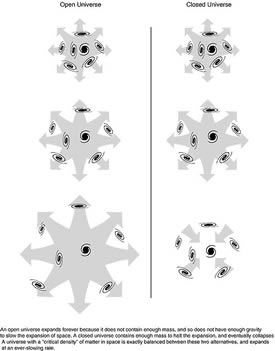A diagram depicting possible Universe futures
Click on image for full size
STScI
The Future of the Universe
What will be the fate of the Universe? Will it last
forever or will it end? That question has been in our thoughts since
humanity first began to think. We may still be far from answering the
question, but we are at least able to predict certain possiblities. In
our current model of the Universe there are 2 possible futures.
One possiblity is that the Universe will come to an end in the
opposite of a Big Bang called The
Big Crunch.
The other possibility is that we live in an Eternal Universe that will never
come to end.
You might also be interested in:
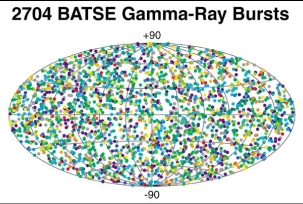
In the 1960's, the United States launched a series of satellites to look for very high energy photons, called Gamma Rays, that are produced whenever a nuclear bomb explodes. These satellites soon detected
...more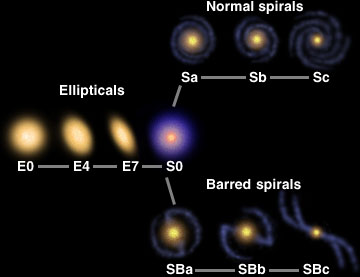
The introduction of telescopes to the study of astronomy opened up the universe, but it took some time for astronomers to realize how vast the universe could be. Telescopes revealed that our night sky
...more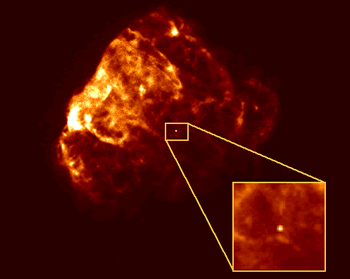
Neutron Stars are the end point of a massive star's life. When a really massive star runs out of nuclear fuel in its core the core begins to collapse under gravity. When the core collapses the entire star
...more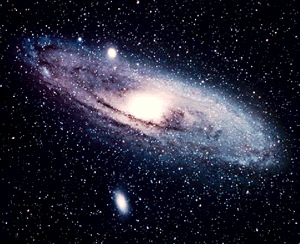
Spiral galaxies may remind you of pinwheels turning slowly as though in some intergalactic breeze. They are rotating disks of gas, dust and stars. Through a telescope or binoculars, the bright nucleus
...more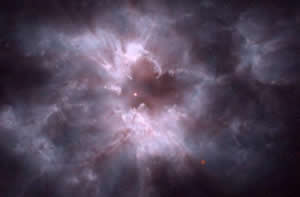
White Dwarfs are the remnants of stars that were massive enough to stay alive using nuclear fusion in their cores, but not massive enough to blow apart in a Type II supernova. When stars like our own sun
...more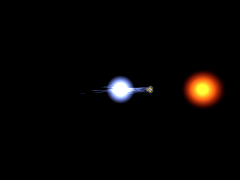
What's in a Name: Arabic for "head of the demon" Claim to Fame: Represents Medusa's eye in Perseus. A special variable star that "winks" every 3 days. Type of Star: Blue-white Main Sequence Star, and
...more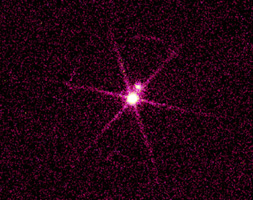
What's in a Name: Nicknamed the "Pup" because it is the companion to Sirius, "the Dog Star" Claim to Fame: Highly compressed white dwarf remnant. Density about 50,000 times that of water. It has approximately
...more


